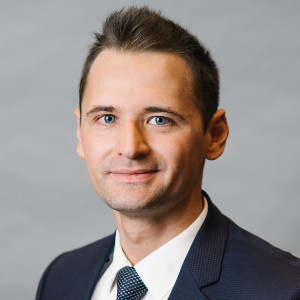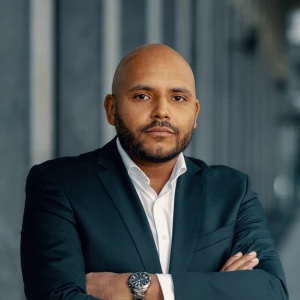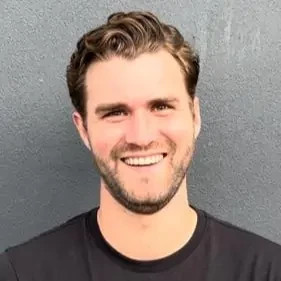Hi everyone, just got notified that I didn't pass the final round interviews of an MBB as I was "not structured enough" - I had developed and walked through my structure to solve the cases in the final round so believe this isn't the issue. However, both Partners had spent about half an hour on Q&A with me and I had approached this rather conversationally. So my question is, do Partners expect interviewees to also answer conversational / fit questions with structure? How does one do that without sounding over-rehearsed or robotic? Any advice would be appreciated.
Structured discussion


Hi,
It's absolutely vital to have a structure, business sense, and the right fit. But if you can't communicate it properly, it is a signal that you will not be able to communicate your ideas to the client as well.
Here are some tips on communication:
1) Communicating while structuring. Here is a long post by me on how to communicate the structure during the case study:
https://www.preplounge.com/en/consulting-forum/how-to-communicate-its-structure-for-the-case-study-1313#a2806
2) Using hypothesis. I made a post about hypothesis here:
https://www.preplounge.com/en/consulting-forum/how-to-state-a-hypothesis-and-match-to-the-structure-1156#a2268
3) Communicating while making calculations:
- Always tell the interviewer your approach
- Check with the interviewer that your approach is correct
- Come to the interviewer with some preliminary answers
- Check your assumptions with the interviewer
4) Communicating during the analysis of graphs / tables
- Take a minute to look at the graph. Read the graph title. Look at the graph type and define the type (pie chart, line chart, etc). Look at the legend (ask for clarifying questions if necessary). Identify whats going on on the graph. Look for: Trends, % structures. Look for unusual things - correlations, outliers,
- Make 3-4 conclusions from the graph. Think out loud on potential hypothesis on what could be the root cause / what are the consequences
- Prioritize the most important for your current analysis and move forward with the case
5) Communicating while having questions on creativity
- Ask an interview for a minute to think
- Think of several buckets of ideas (e.g. organic growth / non-organic growth / differentiation). Remember to think as big as possible
- Narrow down to each bucket and generate as many ideas as possible
- Present the structure (buckets) and then your ideas
6) Communicating your conclusion. You can find a good example I've posted here:
https://www.preplounge.com/en/consulting-forum/how-much-answer-first-should-the-conclusion-be-1231#a2493
7) Communicating your FIT stories
Use the top-down approach while communicating your stories. "The Pyramid Principle" is the must-read by ex McKinsey on this topic.
I recommend using the STAR framework:
- In Situation, you should briefly provide the context, usually in 1 or 2 sentences
- Task usually includes 2 or 3 sentences describing the problem and your objective.
- Then you provide a list of specific actions you took to achieve the goal. It should take 1 or 2 sentences per action (Usually 3-4 actions). Note that the interviewer can stop you any minute and ask for more details.
- The results part should have 1 or 2 sentences describing the outcomes. This part is finalizing your story - make sure it can impress the interviewer and stay in the memory.
Best!

Answer is yes! Conversational communication also needs to be crystal clear, structured, and very linear! If you jump around in your talks from Notion A to Notion D and back to Notion B, the partner will expect you to employ the same style of communication in a client setting. A lot of fantastic creative thinkers are naturally communicating in this way, but unfortunately such non-linear communication is the worst possible way to share your thoughts as a management consultant.
Cheers, Sidi















